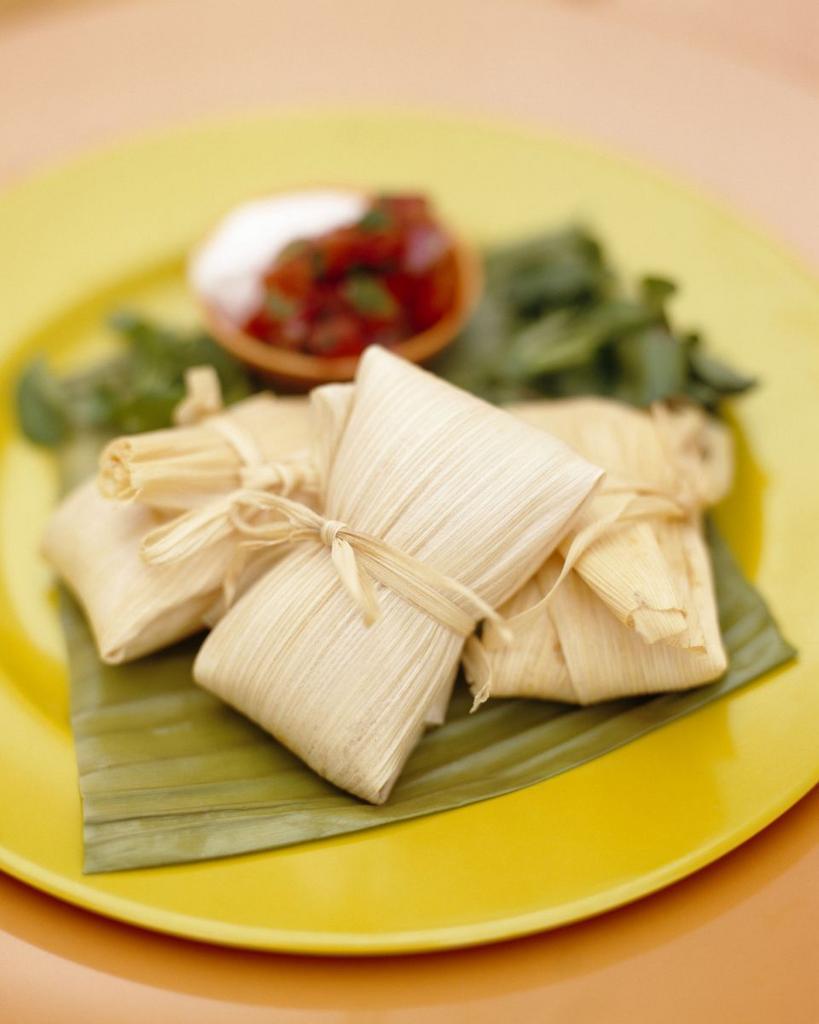Tumpeng: The Iconic Dish that Embodies Community Spirit and Cultural Richness
Tumpeng is a traditional dish with deep roots in ancient Javanese rituals. It symbolizes festivity, unity, and gratitude. Over time, Tumpeng has evolved from humble beginnings, reflecting Indonesia’s rich cultural landscape.
A Culinary Journey
Originally a Javanese tradition, Tumpeng has grown to be a beloved culinary icon celebrated throughout the Indonesian archipelago. Its transformation from a regional custom to a national symbol highlights the country’s cultural diversity and unity. In fact, this dish represents various ethnicities and traditions, showcasing the vibrant tapestry of Indonesia.
Rituals and Symbolism
Moreover, the preparation and serving of Tumpeng embody values of hospitality and togetherness. Sharing this dish helps strengthen bonds among family and friends. As a result, it reinforces the spirit of community that is integral to Indonesian society. When families gather around Tumpeng, they not only enjoy the meal but also celebrate the connections that unite them.
Additionally, the dish showcases Indonesia’s rich heritage, with each region contributing its unique flavors and ingredients. The colorful array of meats and vegetables surrounding the rice tells a story of cultural significance.
Importantly, the cone-shaped mound of rice carries sacred symbolism, representing Mount Meru in Hindu and Buddhist cosmology. This connection adds depth to its meaning, emphasizing its role in significant life events.
Tumpeng in Modern Celebrations
In contemporary Indonesia, Tumpeng remains a cherished part of various celebrations. Often featured at weddings, birthdays, and national holidays, its colorful presentation makes it a centerpiece at gatherings. Thus, it reflects the country’s diverse cultural tapestry.
The enduring popularity of this dish underscores its significance as more than just food; it serves as a symbol of national identity and unity. As people come together to enjoy Tumpeng, they honor the spirit of togetherness that defines Indonesian culture.
In summary, Tumpeng embodies the essence of Indonesian identity. Its importance in rituals, communal gatherings, and cultural celebrations makes it a treasured element of the nation’s culinary heritage.
Discover Traditional Recipes from Indonesia Discover Traditional Asian Recipes You may like this also: Egyptian Koshari
Indonesian Tumpeng
Ingredients
For the Rice:
For Decoration:
For the Toppings (Side Dishes):
Instructions
Prepare the Rice:
-
Rinse the jasmine rice until the water runs clear.
-
In a large pot, combine the rice, coconut milk, pandan leaves, and salt.
-
Cook the rice over medium heat until it's fully cooked and fluffy.
Shape the Tumpeng:
-
Once the rice is cooked, let it cool slightly.
-
Line a cone-shaped mold (or simply use a bowl and shape the rice by hand later) with banana leaves.
-
Fill the mold with the cooked rice, pressing it down firmly.
-
Carefully remove the mold, leaving the shaped rice intact.
Arrange the Toppings:
-
Arrange the fried chicken pieces, hard-boiled eggs, sambal, shrimp crackers, sliced cucumbers, tomatoes, fried tempeh or tofu, and vegetable stir-fry around the base of the shaped rice.
Decorate:
-
Decorate the Tumpeng with additional banana leaves and other decorative items like vegetables, fruits, and flowers.
Serving:
-
Tumpeng is traditionally served as a communal dish. To serve, gather family and friends around the Tumpeng and enjoy together, starting with the toppings and rice.
-
Your homemade tumpeng is ready. Bon Appetit!









